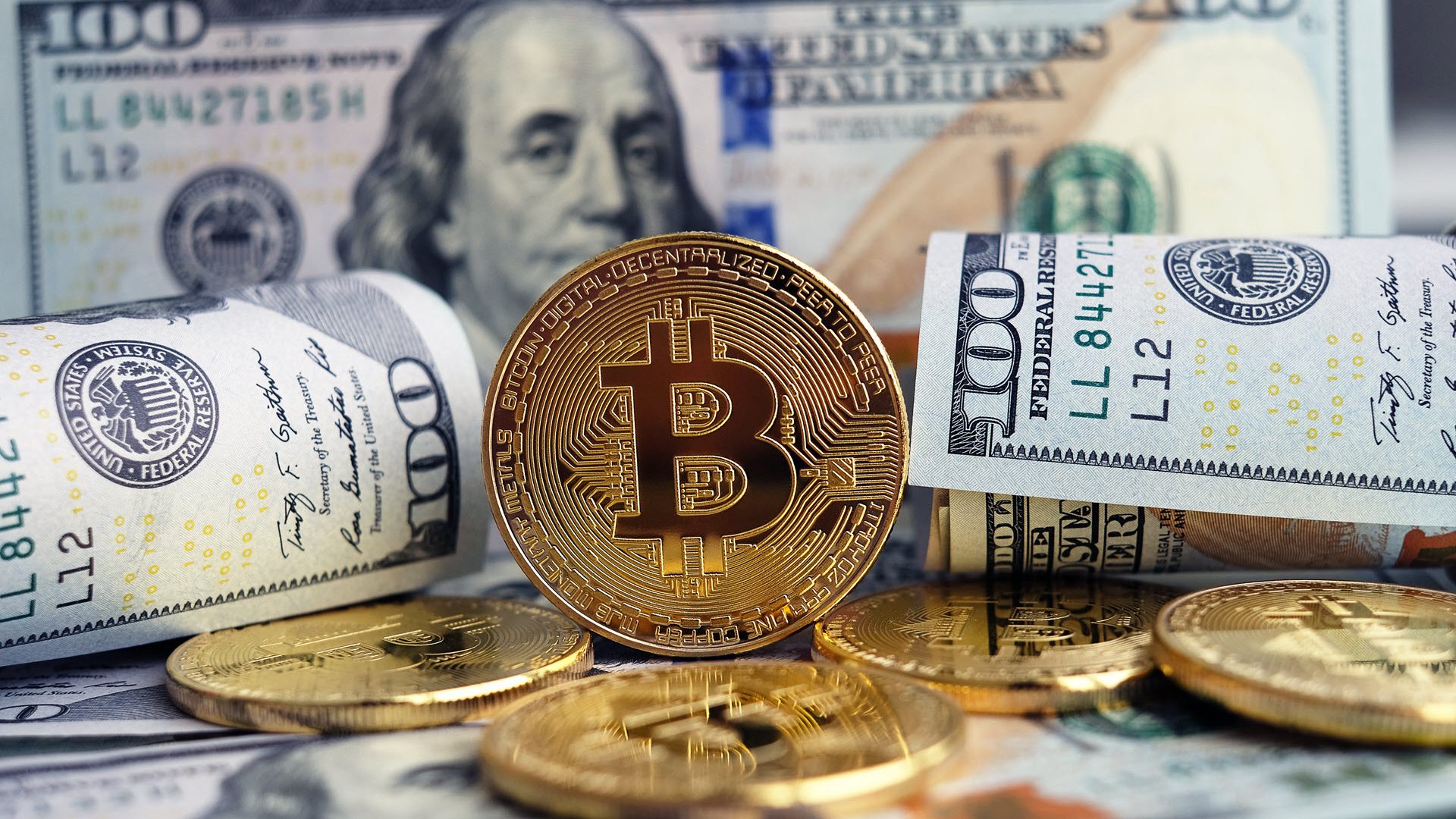|
Getting your Trinity Audio player ready...
|
The world of cryptocurrency thrives on a foundation of trust – trust in the security of blockchain technology, trust in the reliability of exchanges, trust in the reliability of exchanges, and most importantly, trust in the integrity of transactions. However, this trust ecosystem can be easily shattered by malicious tactics like address poisoning attacks.
In essence, address poisoning attacks are a form of deception where attackers manipulate cryptocurrency addresses to steal funds, disrupt network operations, or mislead users. These attacks exploit vulnerabilities within network protocols and user carelessness, posing a significant threat to the overall security and stability of the crypto ecosystem.
Understanding the Battleground: How Crypto Addresses Work
Unlike traditional bank accounts with sequential numbers, cryptocurrency addresses are long, alphanumeric strings. While this complexity enhances security by making them harder to guess, it also creates an opportunity for attackers to create look-alike addresses designed to fool users. Here’s how these attacks manifest in the crypto space:
- Theft: The most common objective is to pilfer digital assets. Phishing emails, fake exchange websites, and transaction interception are all tools used to trick unsuspecting users into sending funds to attacker-controlled addresses.
- Disruption: By introducing bogus data or manipulating routing tables, attackers can disrupt the smooth functioning of blockchain networks. This can lead to congestion, delays in transactions, and even the disruption of smart contract execution.
- Deception: Attackers often impersonate legitimate entities like exchanges or well-known figures to sow confusion and trick users into sending funds to the wrong address. This can erode trust within the crypto community and lead to financial losses for victims.
Also Read: Blockchain Rollups: The Fast Lane for Scalable Blockchain Networks
A Rogues’ Gallery of Address Poisoning Techniques:
Understanding the specific methods employed by attackers is crucial for effective defense. Let’s delve into some common address poisoning techniques:
- Phishing Attacks: These fraudulent emails or websites lure users into disclosing their private keys or seed phrases, granting attackers access to their crypto wallets.
- Transaction Interception: Attackers intercept legitimate transactions and alter the recipient address, diverting funds to their own wallets. Malware on user devices or compromised network connections can facilitate this attack.
- Address Reuse Exploitation: When users repeatedly use the same address for receiving funds, attackers can exploit this pattern to identify vulnerabilities in the user’s wallet software and steal their assets.
- Sybil Attacks: These attacks involve creating numerous fake identities or nodes on a blockchain network. This allows attackers to manipulate data, disrupt consensus mechanisms (particularly in Proof-of-Stake networks), and potentially double-spend cryptocurrencies.
- Fake QR Codes or Payment Addresses: Attackers distribute fake QR codes or payment addresses that appear legitimate. Unsuspecting users scanning these codes inadvertently send their funds to the attacker’s address.
- Address Spoofing: Attackers create cryptocurrency addresses that closely resemble real ones, tricking users into sending funds to the wrong address. This method relies on the visual similarity between the fake and real addresses.
- Smart Contract Vulnerabilities: Attackers exploit flaws in smart contracts or DApps (decentralized applications) to manipulate transaction execution and potentially reroute funds to their own wallets. This can disrupt DeFi services and cause financial losses for users.
Building a Fortress: Protecting Yourself from Address Poisoning
The good news is that you can significantly reduce the risk of falling victim to these attacks by adopting some basic security practices:
- Double-Check Every Address: Always meticulously verify the recipient address before confirming any cryptocurrency transaction. Typos even with a single character can have disastrous consequences.
- Beware of Phishing Attempts: Be wary of unsolicited emails, websites, or social media messages requesting your private keys or seed phrases. Legitimate entities will never ask for such sensitive information.
- Use Strong Passwords and Multi-Factor Authentication (MFA): Employ a strong and unique password for each of your cryptocurrency accounts. Additionally, enable MFA to add a layer of security and prevent unauthorized access.
- Keep Your Software Updated: Software updates often include security patches that address vulnerabilities. Make sure your wallet software, operating system, and web browser are always updated to the latest versions.
- Be Wary of Unfamiliar QR Codes: Only scan QR codes from trusted sources. Legitimate entities will typically provide both a text address and a QR code for receiving funds.
- Educate Yourself: Stay informed about the latest address poisoning tactics and best practices. Research and utilize reputable cryptocurrency wallets and exchanges that prioritize security.
A Shared Responsibility: Building a Secure Crypto Future
Address poisoning attacks pose a significant threat to the crypto ecosystem, but through a combination of user awareness, robust security practices by wallet providers and exchanges, and ongoing development efforts to improve blockchain protocols, this vulnerability can be mitigated. By working together, we can build a more secure and trustworthy crypto future where users can confidently transact without
I’m a crypto enthusiast with a background in finance. I’m fascinated by the potential of crypto to disrupt traditional financial systems. I’m always on the lookout for new and innovative projects in the space. I believe that crypto has the potential to create a more equitable and inclusive financial system.




